Acrylic painting is an art form that thrives on precision and technique, and the right tools can elevate your work to new heights. Among the array of brushes available, the filbert brush stands out as a versatile and essential tool for achieving harmonious blends and soft edges. In this article, we’ll delve into the unique qualities of the filbert brush and provide practical tips for mastering its use.
Filbert Brushes by UrArtStudio https://urartstudio.com/product/6-filbert-brushes/
The Versatility of the Filbert Brush
The filbert brush is a hybrid of the rounded and flat brush types, offering a unique combination of capabilities. Its oval-shaped head with medium-length bristles allows it to blend colors seamlessly while also handling fine details and broader strokes. This dual functionality makes it an indispensable tool for artists seeking to create everything from soft gradients to defined edges .
Best Practices for Using the Filbert Brush
To maximize the potential of the filbert brush, consider the following best practices:
- Load the Brush Correctly: Dip the brush in your chosen color and remove excess paint on the palette edge for even distribution. This helps control paint application and prevents smearing .
- Use a Light Touch: A gentle touch allows the bristles to glide smoothly, facilitating blending and soft edges. Experiment with pressure to find the ideal technique for your desired effects .
- Angle Your Brush: The filbert brush’s versatility shines when angled. Use it flat for broad strokes or on its edge for finer lines and details .
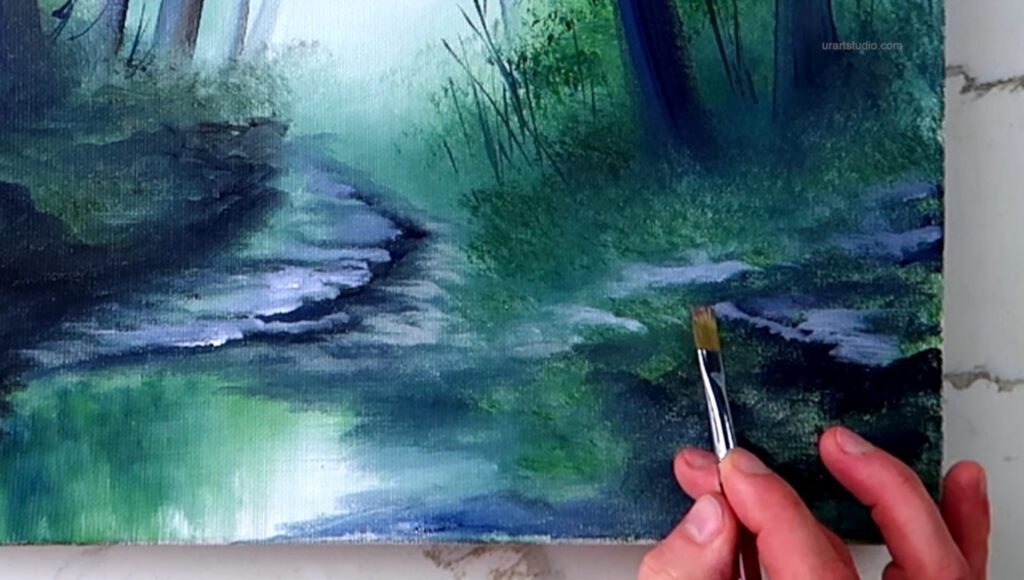
Achieving Seamless Blends
Blending is where the filbert brush truly excels. Here’s how to achieve those smooth transitions:
- Work While Wet: Apply your base color and immediately layer a second color beside it. Use the filbert brush to gently blend the edges where the colors meet .
- Glazing Techniques: Thin paint with a glazing medium and apply it with light strokes over dried areas. This adds depth and luminosity to your work .
- Cross-Hatching for Depth: Alternate strokes in different directions to integrate colors while maintaining texture .
Mastering Soft Edges
The filbert brush is perfect for softening edges, contributing to a cohesive look in your paintings. Here’s how to achieve this:
- Feathering Technique: Lightly drag the brush edge across the canvas to blur transitions, ideal for subjects like clouds or foliage .
- Layering with Transparency: Apply thin, transparent glazes over dry layers to soften edges further .
- Touch Up with a Fan Brush: After softening edges with the filbert brush, use a fan brush to refine texture or add details .
Practice Makes Perfect
Mastering the filbert brush requires practice. Experiment with different colors, techniques, and subjects. Create color swatches to test blending and layering methods. Consider painting simple landscapes or abstract pieces to explore soft edges and blends without the pressure of detailed subjects .
Conclusion
The filbert brush is a cornerstone in the toolkit of any acrylic painter aiming to master blending and soft edges. By employing the techniques discussed here, you’ll enhance your ability to create fluid, professional-looking paintings. Visit urartstudio.com to explore our selection of filbert brushes and other art supplies. For more tips and resources, check out our painting tips and step-by-step instructions to further your artistic journey.
Filbert Brushes by UrArtStudio https://urartstudio.com/product/6-filbert-brushes/
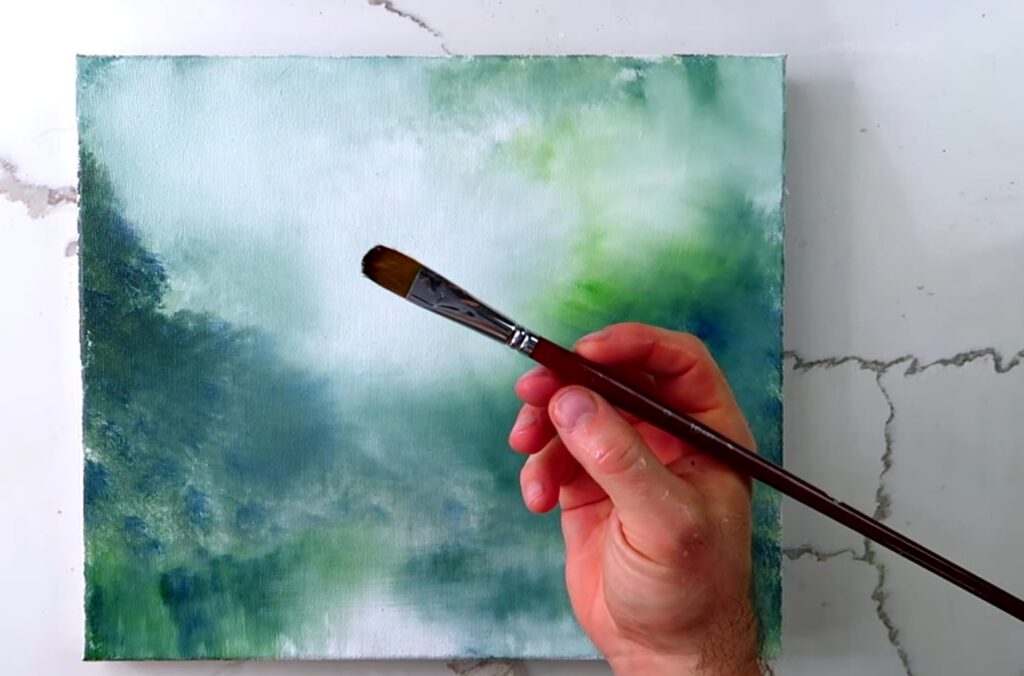
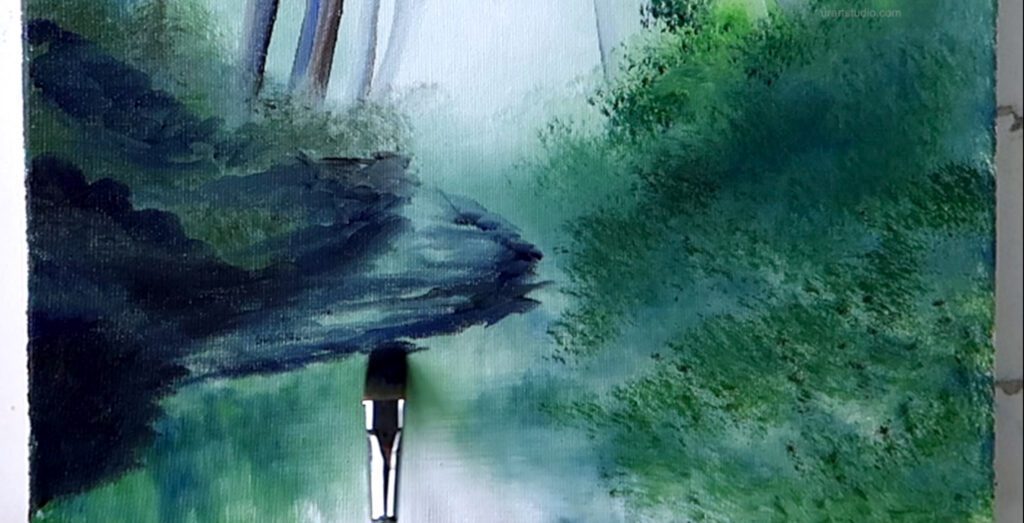
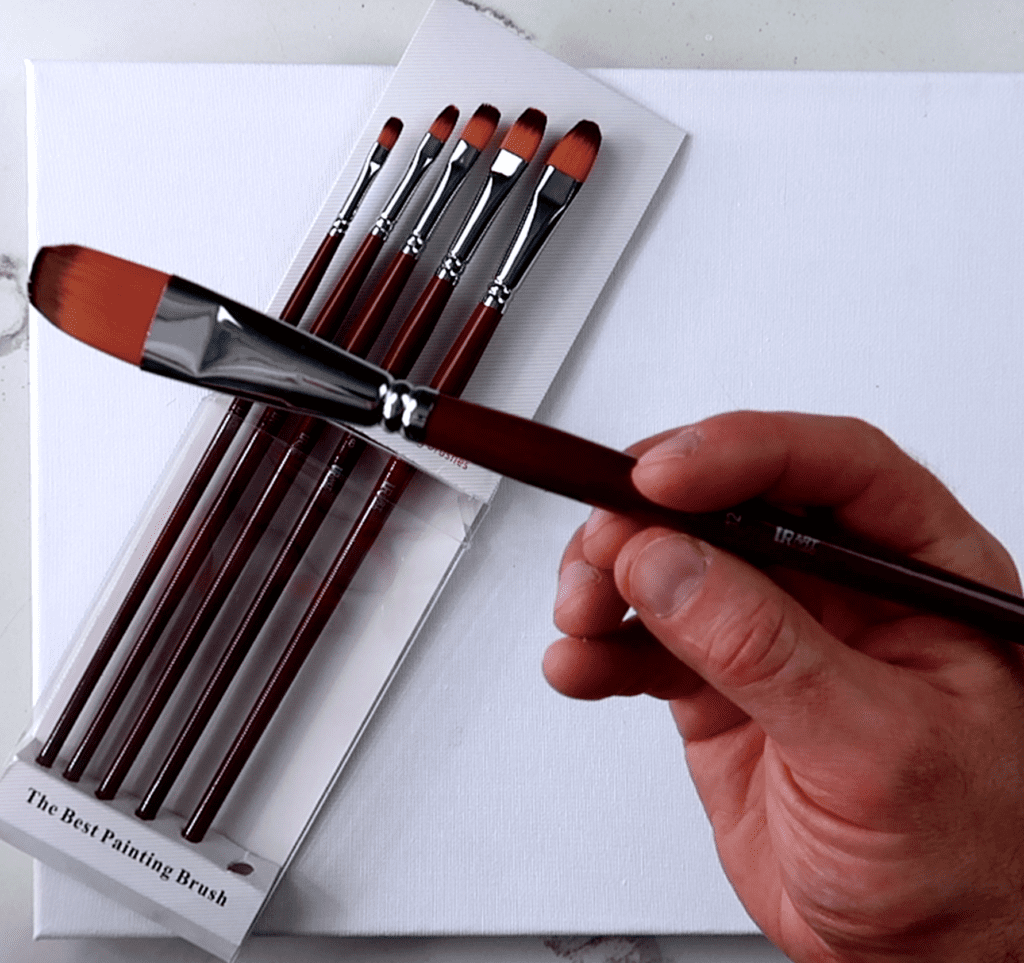
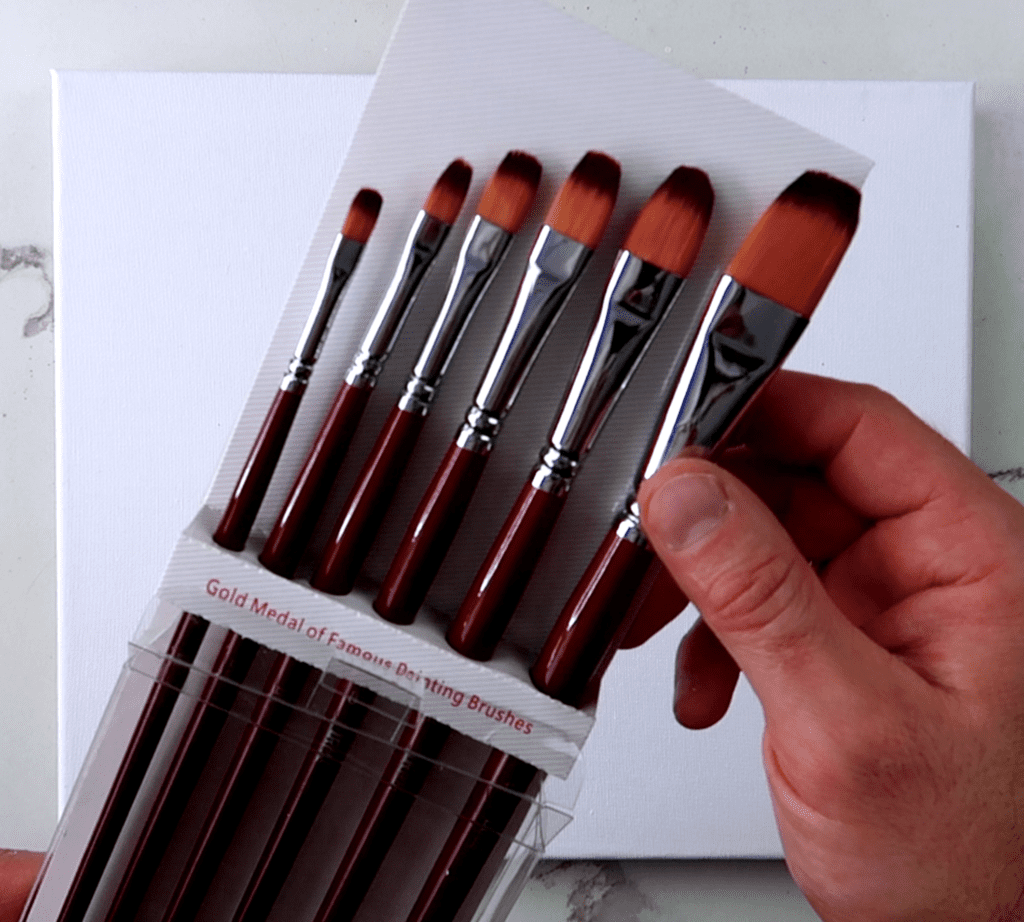
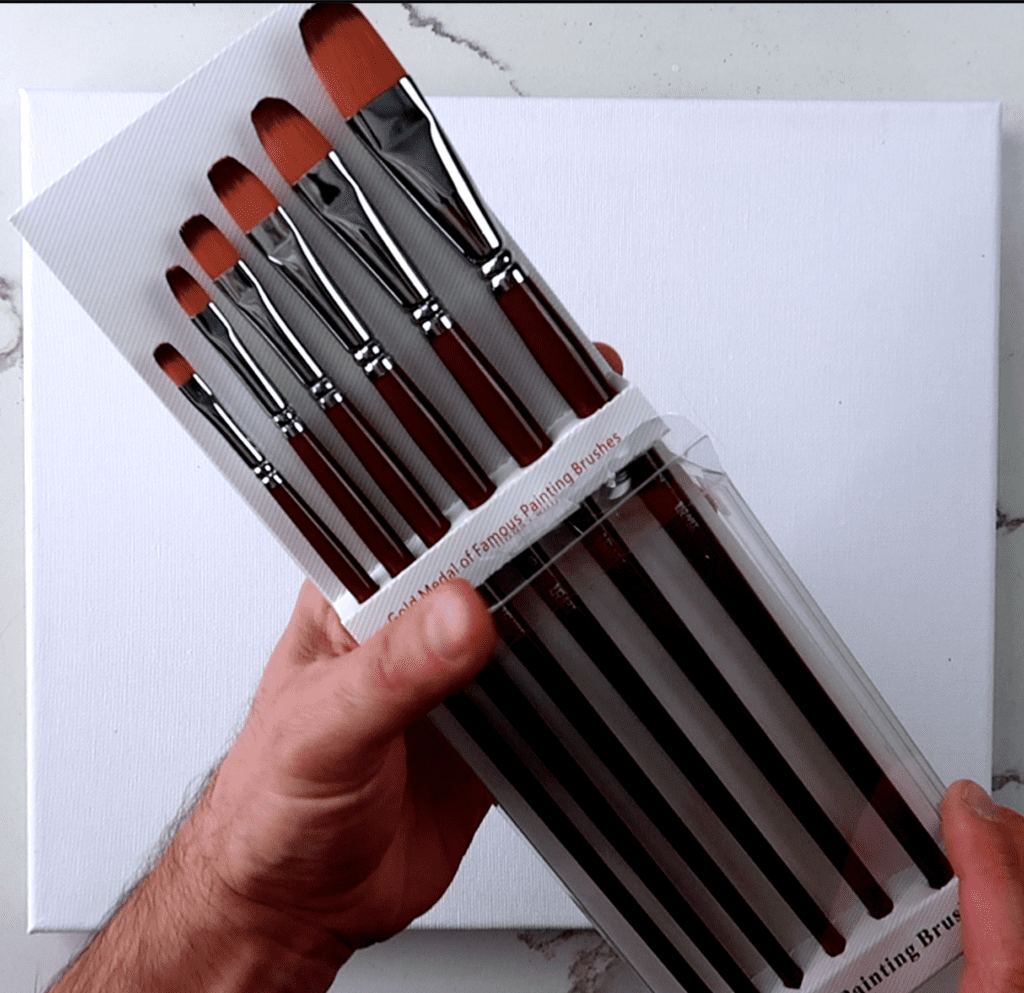
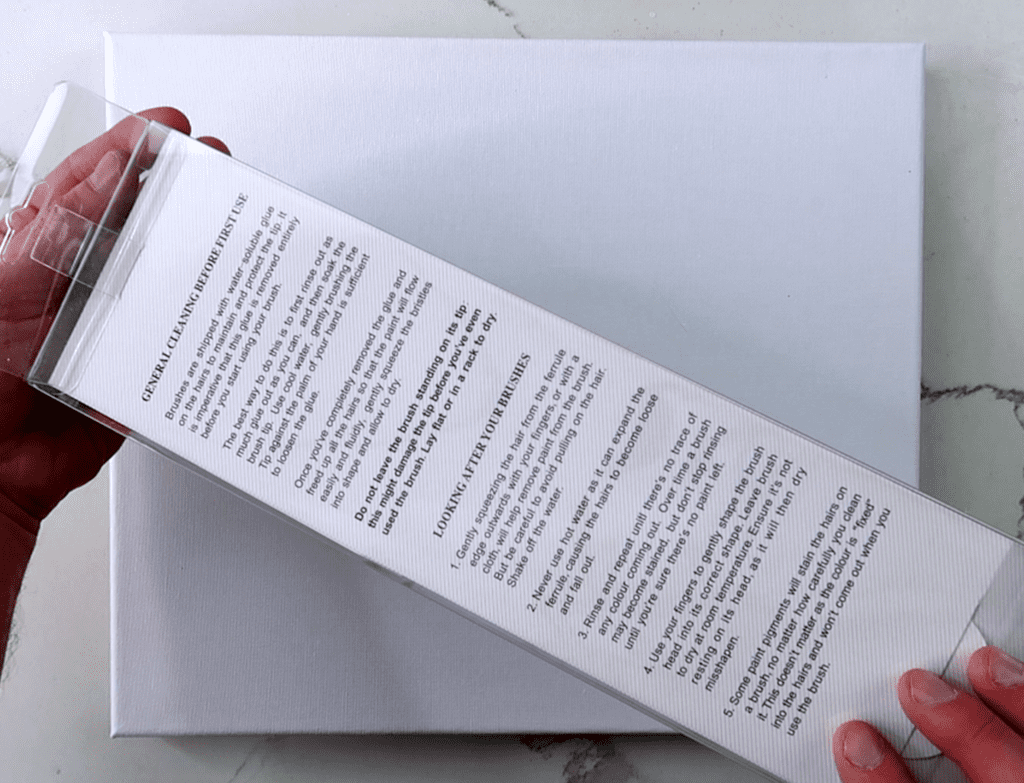
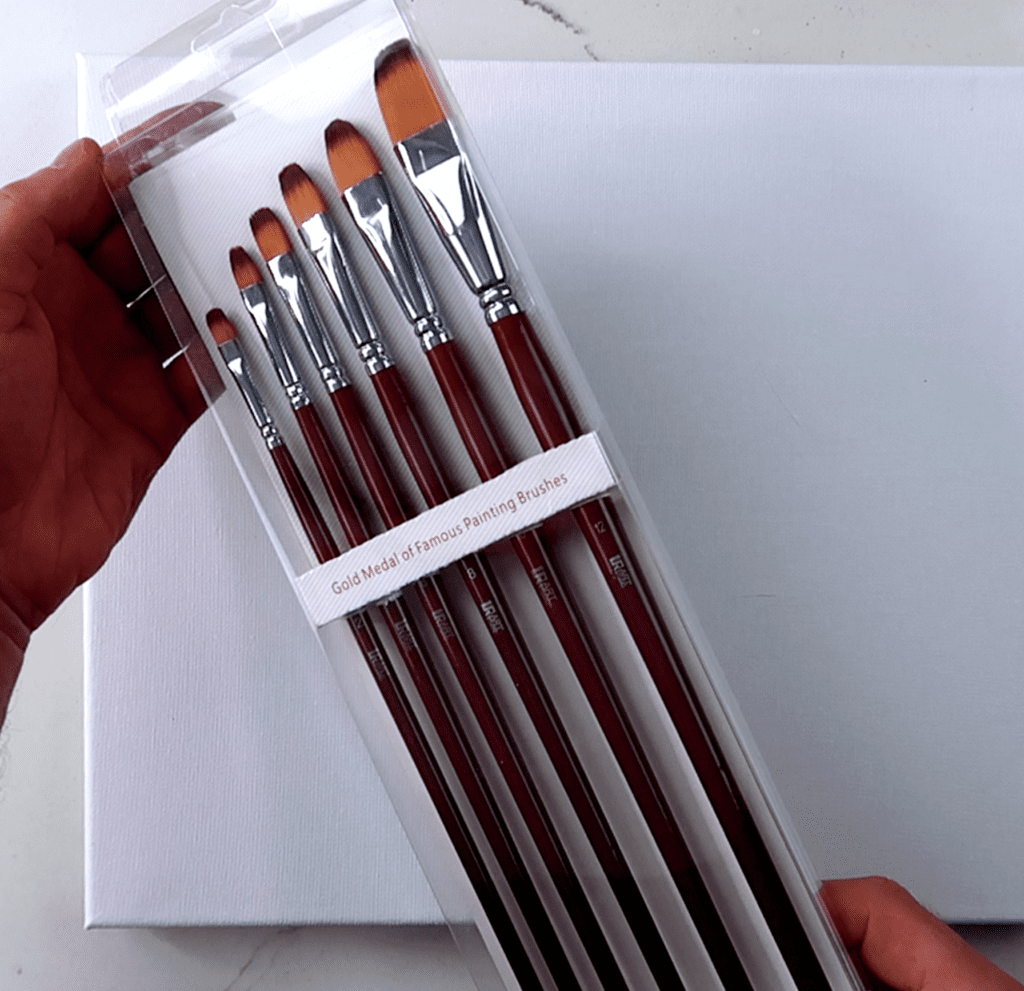
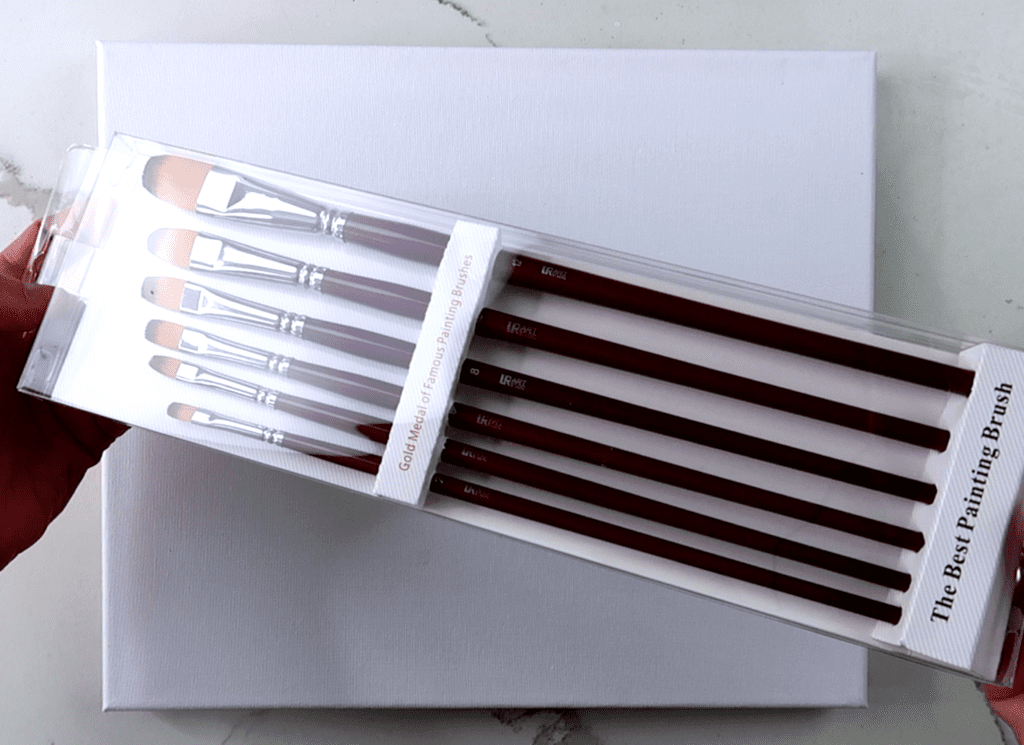
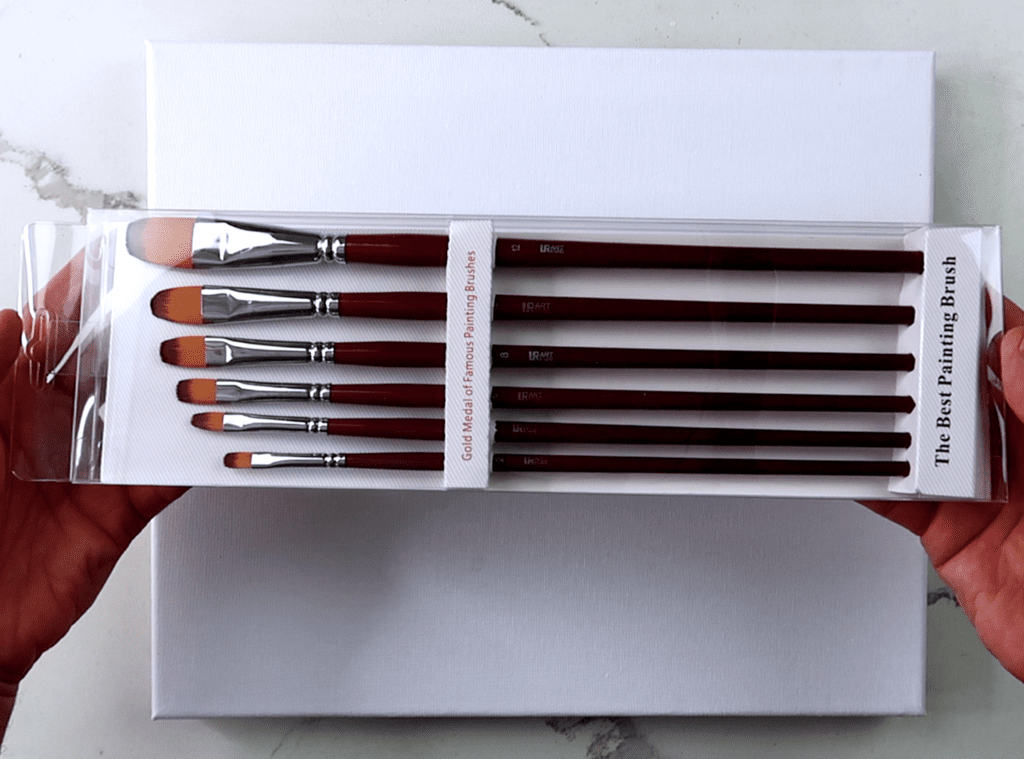

#FilbertBrush, #BlendingTechniques, #SoftEdges, #AcrylicPainting, #PaintingTips, #ArtSupplies



Leave a Reply
You must be logged in to post a comment.